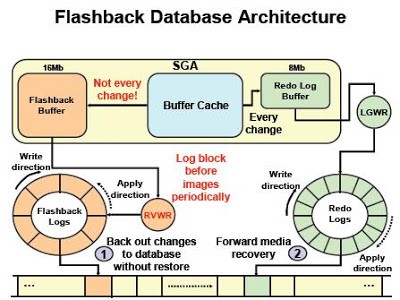network --hostonly adapter --public ip
internet --privnet
nat
set it automatically
________________________________________
cat /etc/oracle-release
uname -a
yum search oracle
yum -y install oracle-database-server-12cR2-preinstall.x86_64
check package information
yum info oracle-database-server-12cR2-preinstall.x86_64
check kernel parameters
cat /etc/sysctl.conf
b. Check the security Limits:
cat /etc/security/limits.d/oracle-database-server-12cR2-preinstall.conf
check groups
cat /etc/group
id oracle
usermod -g oinstall -G dba,oper,backupdba,racdba oracle
or
# /usr/sbin/groupadd -g 54321 oinstall
# /usr/sbin/groupadd -g 54322 dba
# /usr/sbin/groupadd -g 54323 oper
# /usr/sbin/groupadd -g 54324 backupdba
# /usr/sbin/groupadd -g 54325 dgdba
# /usr/sbin/groupadd -g 54326 kmdba
# /usr/sbin/groupadd -g 54327 asmdba
# /usr/sbin/groupadd -g 54328 asmoper
# /usr/sbin/groupadd -g 54329 asmadmin
# /usr/sbin/groupadd -g 54330 racdba
# /usr/sbin/useradd -u 54321 -g oinstall -G dba,oper,backupdba,dgdba,kmdba,asmdba,asmoper,asmadmin oracle
# passwd oracle
# cat /etc/oraInst.loc
inventory_loc=/u01/app/oraInventory
inst_group=oinstall
mkdir -p /u01/app/oraInventory
mkdir -p /u01/app/oracle/product/12.2.0.1/db_1
chown -R oracle:oinstall /u01
chmod -R 775 /u01
Set secure linux by editing the “/etc/selinux/config” file, making sure the SELINUX flag is set as follows
# cat /etc/selinux/config
SELINUX=permissive
Once the change is complete, restart the server or run the following command.
# setenforce Permissive
If we need to disable firewall in linux do the following:
# systemctl stop firewalld
# systemctl disable firewalld
Login as oracle user set the following entry in .bash_profile
# su – oracle
# cat .bash_profile
# .bash_profile
# Get the aliases and functions
if [ -f ~/.bashrc ]; then
. ~/.bashrc
fi
# User specific environment and startup programs
PATH=$PATH:$HOME/.local/bin:$HOME/bin
export PATH
export LC_ALL=C
if [ $USER = “oracle” ]; then
if [ $SHELL = “/bin/ksh” ]; then
ulimit -p 16384
ulimit -n 65536
else
ulimit -u 16384 -n 65536
fi
fi
Create an environment file for the database to be created with the following variables:
# cat /home/oracle/prod.env
# Oracle Settings
export TMP=/tmp
export TMPDIR=$TMP
export ORACLE_HOSTNAME=prod1.oracle.localdomain
export ORACLE_UNQNAME=PROD1
export ORACLE_BASE=/u01/app/oracle
export ORACLE_HOME=$ORACLE_BASE/product/12.2.0.1/db_1
export ORACLE_SID=PROD
export PATH=/usr/sbin:/usr/local/bin:$PATH
export PATH=$ORACLE_HOME/bin:$PATH
export LD_LIBRARY_PATH=$ORACLE_HOME/lib:/lib:/usr/lib
export CLASSPATH=$ORACLE_HOME/jlib:$ORACLE_HOME/rdbms/jlib
Oracle Installation:
Before starting the installation by “runInstaller” from the unzipped “linuxx64_12201_database.zip”, remember to set the display variable or “xhost +” as oracle user.
# su – oracle
#xhost +
Note:
Oracle as two options during the binary installation, first option is to install binary and create a database during the installation and the the second option is to install only the binaries. Here, we are going with the second option.
Step 1:
# pwd
/home/oracle
# unzip linuxx64_12201_database.zip
cd database
./runInstaller
Once, runInstaller is executed, the below GUI will started for Oracle 12cR2 Installation. In the first empty box provide your E-mail ID if you wish to receive updates from oracle, else uncheck and press “Next”.
id oracle
hostname
cat /etc/hosts
now use dbca to create database.
